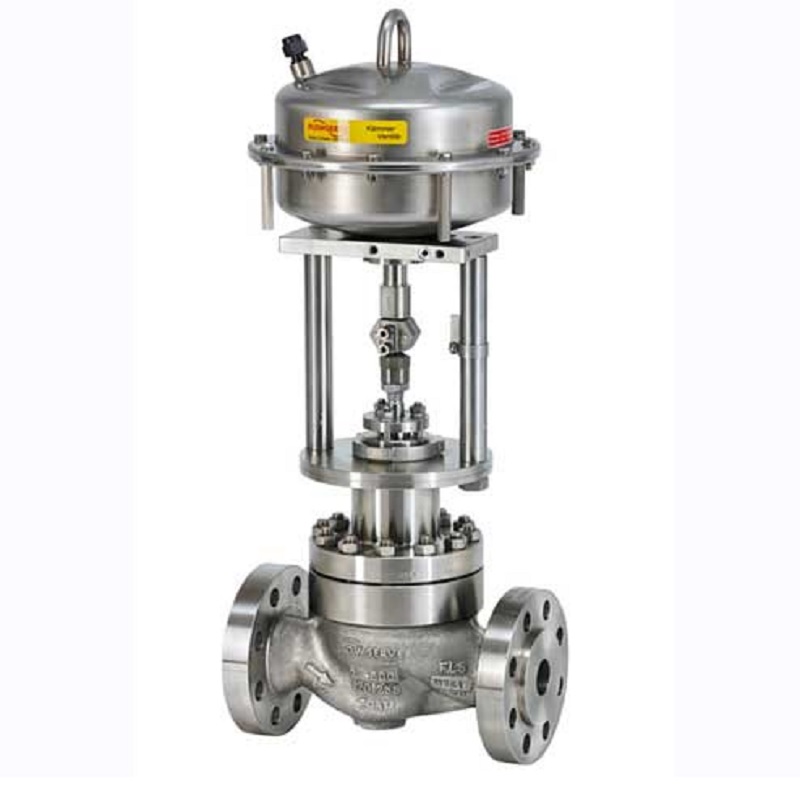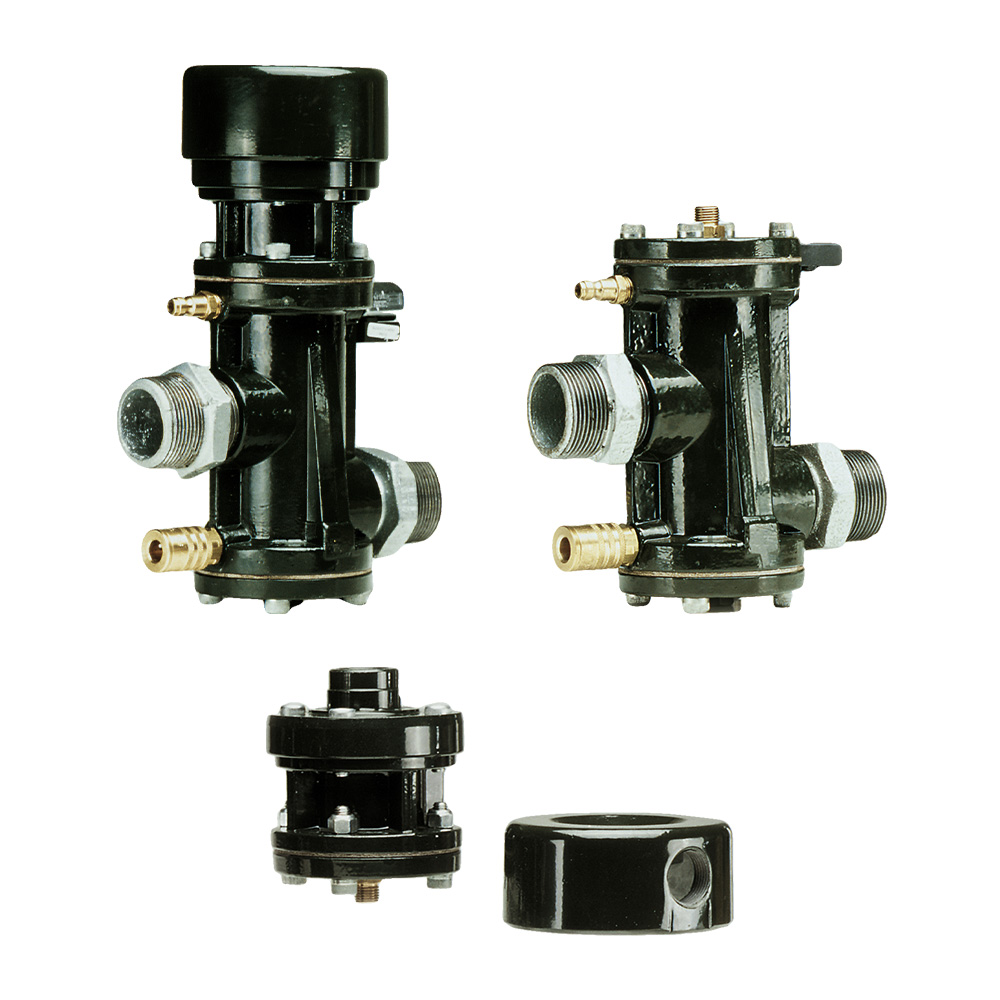Checking out the Capability of Modern Control Valves in Industrial Applications
Checking out the Capability of Modern Control Valves in Industrial Applications
Blog Article

Maximize Energy Savings and Convenience With Advanced Building Automation Controls
In the world of contemporary style and center monitoring, the combination of advanced building automation controls stands as a crucial innovation. By utilizing the power of automation, buildings can adapt, react, and progress in means that were once unimaginable.
Energy Efficiency Benefits
Power effectiveness advantages can significantly decrease energy intake and operational costs in structures. By executing energy-efficient practices and technologies, building owners and drivers can achieve substantial financial savings while also contributing to ecological sustainability. One of the main advantages of improving energy performance in structures is the reduction of utility expenses. Energy-efficient systems, such as advanced building automation controls, can maximize making use of sources like lighting, air conditioning, and heating, leading to reduced power expenses gradually.
Additionally, boosted power efficiency can extend the life expectancy of building tools and systems. By operating extra effectively, cooling and heating systems, lighting fixture, and other building parts experience much less damage, leading to reduced maintenance and replacement prices. In addition, energy-efficient buildings frequently command greater building values and rental prices, providing long-term financial benefits to owners.
Moreover, power efficiency can enhance occupant convenience and performance. Appropriately regulated indoor environments with optimal illumination and thermal problems create a more pleasant and conducive workspace, causing boosted staff member fulfillment and efficiency. Overall, the energy efficiency benefits linked with advanced structure automation controls are diverse, encompassing expense financial savings, ecological stewardship, and resident health.
Boosted Convenience Control
Enhancing comfort control in building environments needs an innovative integration of sophisticated automation systems for optimum resident wellness. By using sophisticated structure automation controls, centers can customize the interior environment to meet the certain requirements and preferences of owners. These systems allow exact guideline of air flow, lighting, and temperature level, producing a efficient and comfy atmosphere. Owner satisfaction and performance are carefully connected to thermal convenience, making it necessary to have systems in area that can adjust to transforming conditions in real-time.
Boosted comfort control exceeds standard temperature level adjustments. It includes functions such as tailored settings, tenancy sensors, and all-natural light use to create a dynamic and responsive atmosphere. By incorporating these innovative controls, structures can not only improve comfort yet additionally enhance energy efficiency by optimizing system operations based on real tenancy and usage patterns. Eventually, focusing on owner comfort through sophisticated automation systems brings about a more delightful and healthier indoor setting.
Functional Efficiency Improvements

Furthermore, the execution of real-time surveillance and analytics devices makes it possible for building drivers to recognize power inadequacies and my explanation operational abnormalities promptly. By constantly keeping track of power usage patterns and system performance metrics, modifications can be made in real-time to enhance energy consumption and guarantee peak functional performance. control valves. Additionally, integrating need reaction approaches into structure automation controls can better improve operational effectiveness by dynamically readjusting power use based upon grid problems and prices signals
Indoor Climate Optimization
Reliable indoor environment optimization is an essential element of structure automation controls, making sure residents' convenience and well-being while taking full advantage of energy savings. By utilizing advanced sensors and controls, building automation systems can continually change and check temperature, humidity degrees, air high quality, and ventilation to develop an optimal interior atmosphere. Keeping comfortable and constant problems not just enhances passenger complete satisfaction however likewise boosts performance and overall well-being.
Indoor climate optimization additionally plays a critical duty in power effectiveness. By fine-tuning ventilation, heating, and cooling systems based upon real-time data and tenancy patterns, building automation controls can dramatically decrease energy intake - control valves. Applying approaches such as demand-controlled air flow and thermal zoning can assist lessen power waste while making certain that each area of the structure gets the necessary conditioning.

Lasting Atmosphere Development
Structure automation controls not only enhance indoor environment problems for energy efficiency and occupant comfort yet also lay the foundation for creating a lasting setting through strategic management of systems and sources. By integrating sophisticated look at here now building automation technologies, such as sensing units, actuators, and intelligent software, facilities can monitor and adjust power usage in real-time to reduce waste and minimize their carbon footprint. These systems make it possible for predictive upkeep, recognizing potential problems before they rise and maximizing tools efficiency to improve longevity and effectiveness.
Moreover, sustainable setting production expands past power monitoring to include water conservation, waste decrease, and interior air top quality enhancement. Structure automation controls can regulate water use, find leakages, and ensure correct garbage disposal techniques, adding to general sustainability initiatives. Additionally, by keeping track of and controlling air flow and filtration systems, these innovations boost resident wellness and performance while lowering power consumption connected with cooling and heating procedures.
Conclusion
In conclusion, advanced structure automation manages offer significant advantages in regards to power financial savings, convenience control, functional efficiency, indoor climate optimization, and producing a lasting setting. By carrying out these controls, buildings can attain optimum performance while lowering power consumption and enhancing owner comfort. It is noticeable that using innovative automation technology is critical in enhancing building performance and creating a much more lasting future.
Energy effectiveness advantages can substantially reduce energy intake and operational prices in buildings. In general, the energy performance benefits connected with sophisticated building automation controls are diverse, encompassing expense savings, ecological stewardship, and passenger health.
In addition, incorporating need response approaches right into structure automation controls can further improve functional efficiency by dynamically adjusting power use based on grid conditions and prices signals.
Building automation controls not just enhance interior climate problems for power effectiveness and resident convenience yet additionally lay the structure for developing a lasting atmosphere with calculated administration of resources and systems.In final thought, advanced building automation manages deal significant benefits in terms of energy savings, convenience control, functional efficiency, indoor climate optimization, and producing a lasting setting.
Report this page